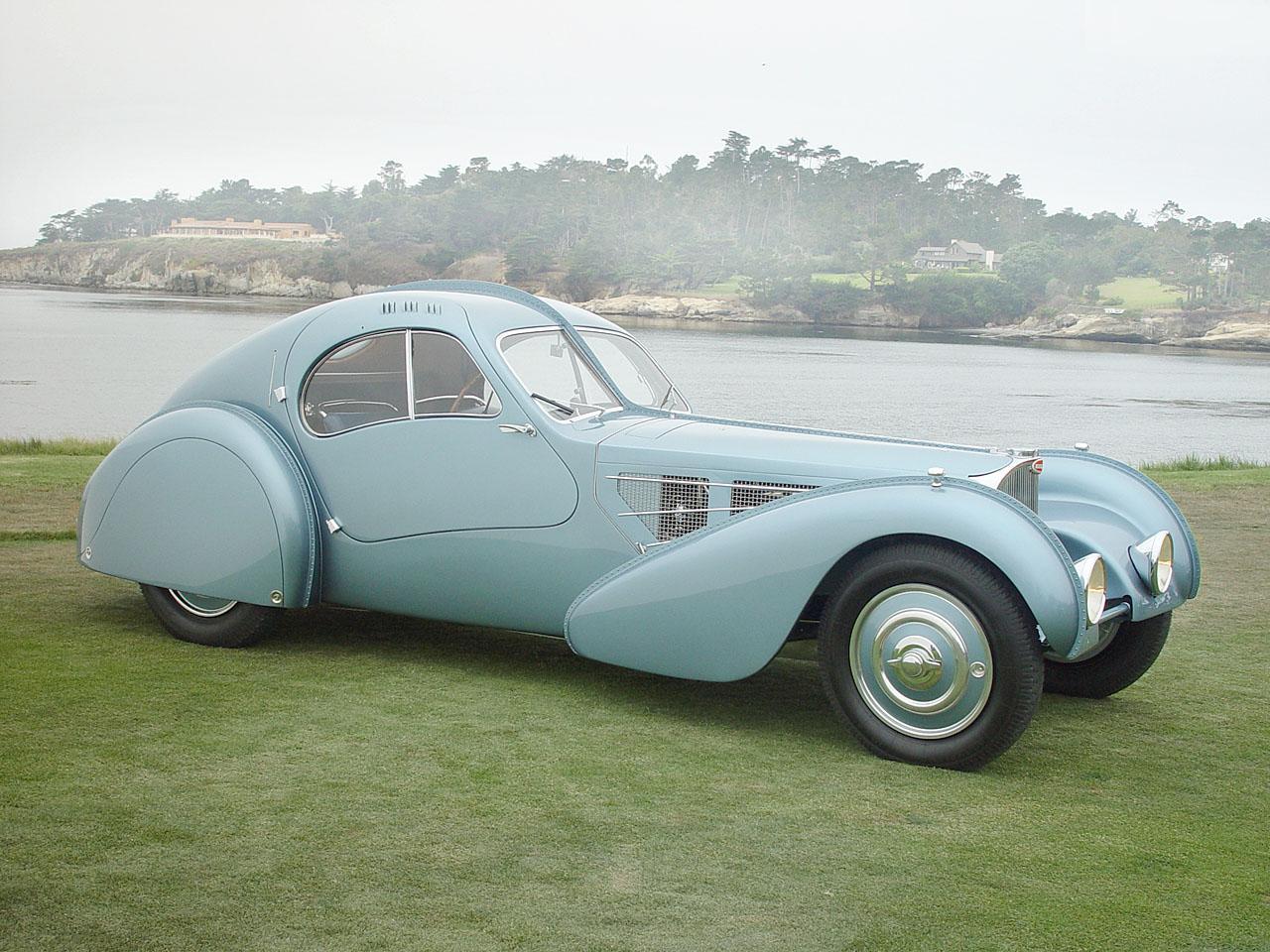Well, I've done a bit of digging and the difference is less than I indicated above. A Gardner 8LXB uses about 200 - 205 g/kW/hr, essentially flat line across its rpm range. Some Gardner data is down at 190, as is some MAN data. The Cat example attached (pdf) ranges from 214 to 226. The JD data I found is similar to Cat.
A couple of things to note though: BSFC is determined at 100% load, not a condition where we operate our engines. For some engines it varies a lot with rpm. At other loads the fuel map varies a lot as well. Cummins no longer quotes figures in part because of these factors. People were trying to calculate fuel consumption for normal boat use and getting results that had no practical relevance.
Tony Athens article gives a nice overview:
https://www.sbmar.com/articles/fuel-and-horsepower/
My earlier comment was somewhat academic: how did Gardner do it for a mechanical engine? Why don't modern engines get those kinds of figures?



